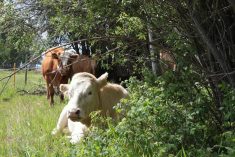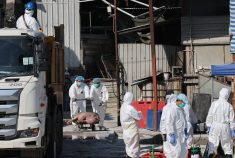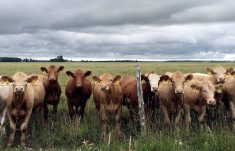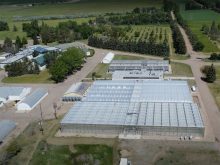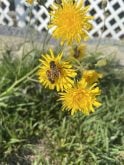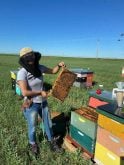Glacier FarmMedia – Canadian beekeepers are about to have the first vaccine for their stock.
“It’s very exciting,” said Canadian Honey Council hive health specialist Osee Podolsky.
The new vaccine targets American foulbrood, a spore-producing bacterial disease that gets its name from the unpleasant smell in infected hives. The disease is serious enough that standard industry practice for most symptomatic colonies is to destroy them.
Read Also
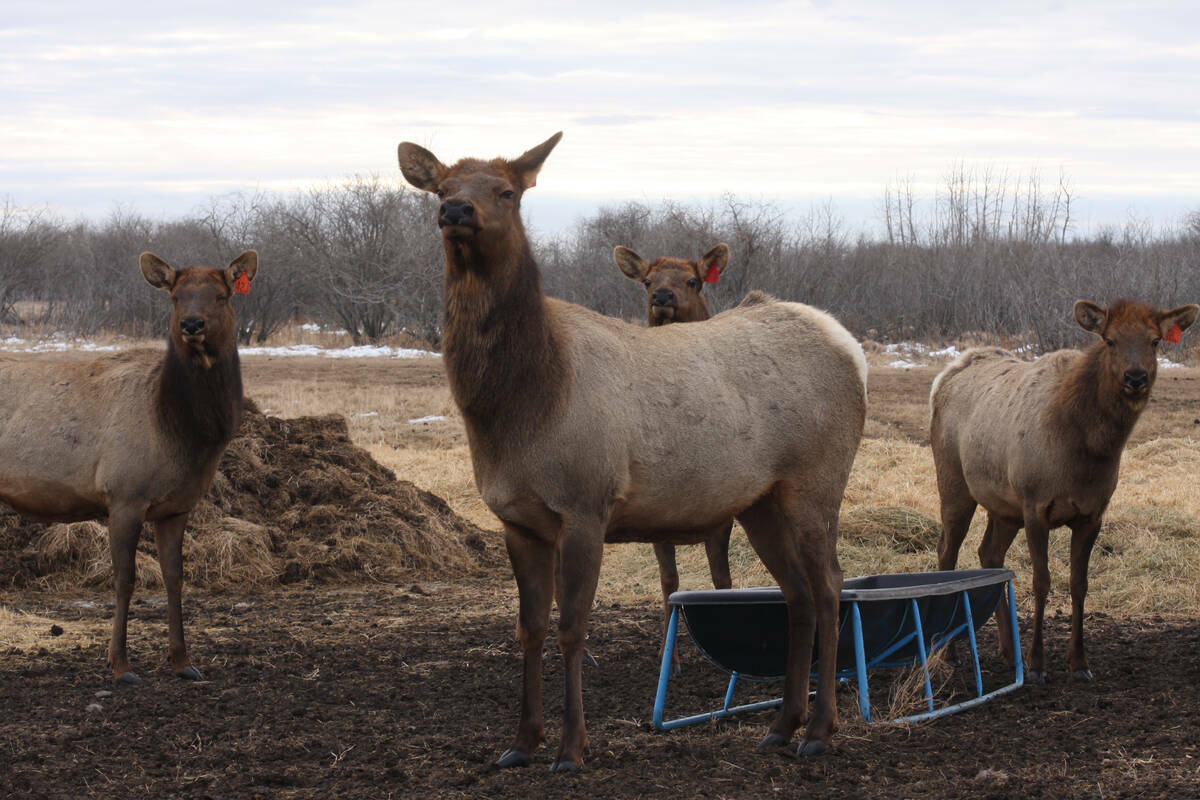
Cervid harvest preserves to be developed in the province under Bill 10
The Government of Alberta has given approval for creation of cervid harvest preserves.
“Combs with visible symptoms must be destroyed,” a resource from the Government of Alberta reads. “Combs from an infected colony that do not have visible symptoms can be reused only if irradiated. Other infected equipment can be reused only if sterilized by one or more of irradiation, bleach, torching, or paraffin wax dip.”
If sterilization isn’t an option, that equipment should be burned.
“Currently, for prevention of American foulbrood, we use antibiotics prophylactically, which means even if the hive is not sick, we’ll use them, which is not a great practice and is a good way to build resistance if you’re not careful,” Podolsky said.
The vaccine, which is non-genetically modified and suitable for use in organic farming, was developed by Dalan Animal Health, based in Athens, Georgia. It uses inactivated complete Paenibacillus larvae (P. larvae) bacteria, the pathogen responsible for AFB.
It is blended into the worker bees’ diet and they infuse it into the royal jelly consumed by the queen. Vaccine fragments are deposited in her ovaries, granting immunity to subsequent larvae.
The vaccine was previously released in the U.S.
“The Alberta Beekeepers Commission is excited to learn about the vaccine developed by Dalan Animal Health,” executive director Connie Phillips said in an emailed statement. “AFB is a serious disease. The bacteria … in some instances, has developed resistance to antibiotics. Having options to treat brood diseases like AFB is important.”
Dalan Animal Health is expected to make a presentation at the commission’s conference and trade show in November.
“This will present a good opportunity for the company to learn more about beekeeping in Alberta and the needs of its producers, as well as for producers to learn about the new vaccine,” said Phillips.
Vaccine development is an encouraging shift for the beekeeping sector, said Manitoba Beekeepers’ Association chair Ian Steppler.
“It’s a sign of investment in new technology in the beekeeping industry, which we’re desperate for.”
He said the honey industry is often overlooked when investment dollars are handed out because the market is so small.
“This is showing that there is some attention towards our issues and there is the initiative and effort being put towards our industry to help us manage some of these issues.”
Beyond foulbrood
Steppler was particularly optimistic about inoculating an entire hive by inoculating the queen, which could be a game-changer for other diseases.
“That’s not to say that, for beekeepers having trouble with American foulbrood, it couldn’t be very useful to help them climb out of that rut, but that same technology and the medium could be used to apply to problems like European foulbrood, for instance, which is a different bacteria than American foulbrood,” he said.
Podolsky says the concept could go even further.
“There are other viruses, like black queen cell virus, acute deep paralysis virus, and deformed wing virus, that we can look at down the road,” he said.
That last may be of particular note because it is linked to varroa mite infestation, a persistent and growing issue in Canada’s honey sector.
Samantha Muirhead, Alberta’s provincial apiculturist, was more circumspect in her reaction to the new vaccine.
“My initial reaction is always, ‘OK, let’s step back and take a look,’” she said. “I don’t necessarily think it’s a silver bullet, but I do think more tools in the toolbox are great.”
Muirhead raised concern over whether bacteria would remain in a colony with a vaccinated queen.
“If there are still the bacteria present in the hive, other bees can come and rob that colony and potentially bring that bacteria back to their hive.”
Steppler said that’s a valid concern.
“Beekeepers will still need to employ best management practices,” he said, but added that lingering bacteria concern exists even if hives are treated conventionally with antibiotics.
Alberta doesn’t currently have a big problem with American foulbrood, said Muirhead.
“We’re pretty good at monitoring and keeping on top of it. And the beekeepers are really good. If they see a hive pop up with it, they will remove it from their operation right away,” she said.
The vaccine will be available for Canadian producers in the spring of 2024.
– This article was originally published at the Manitoba Co-operator.



